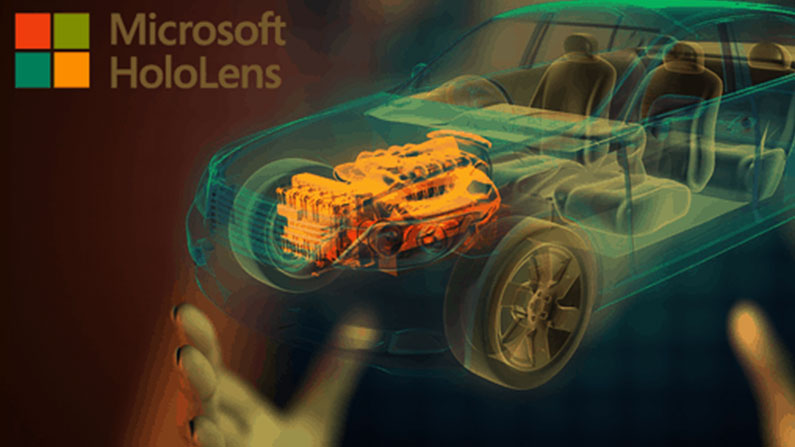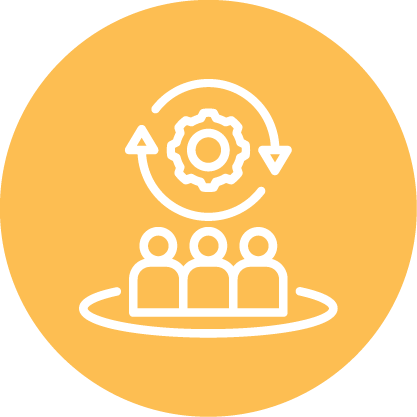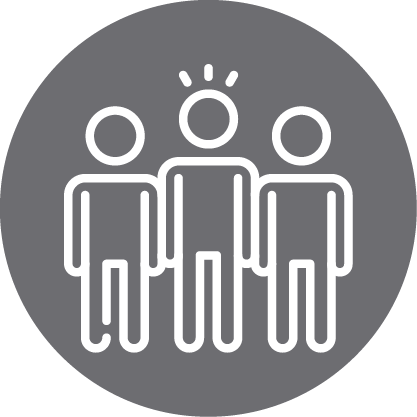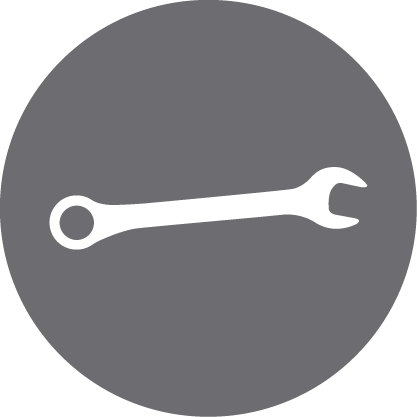Despite its promise, Google Glass didn’t exactly create the technological revolution that the surrounding hype suggested. But Microsoft’s new HoloLens project is a different story. Instead of targeting “the average American,” HoloLens is focused largely on its value in the professional world. Like most technological innovations, the virtual reality device has mass appeal to business and prosumer customers and is expected to trickle down to consumers over time.
How can HoloLens be used to improve the workplace? Here are four useful applications.
- Revolutionizing design and sharing ideas
HoloLens brings imagination into reality by projecting holographic, three-dimensional images into your world. Designing and shaping holograms in this manner fosters creativity and gives you a more accurate visual representation of your ideas. In addition to visualizing for yourself, this medium enables more efficient sharing and communication of your ideas with others. Holographic representations of your ideas are also interactive, making them ideal for demonstrations and test runs.
- Blending virtual reality with your world
The goal behind HoloLens isn’t to create an all-new virtual reality but to blend the real world with interactive, three-dimensional holograms. Its transparent display creates a realistic representation without compromising awareness of your surroundings. In the workplace, this fosters productivity as well as collaboration. Co-workers can work more effectively on a single project and cut down on communication errors with all of the visual material literally right at their fingertips.
- Improving customer support
Training and customer support becomes much more accessible with HoloLens technology. Professionals such as automotive technicians, plumbers and electricians can especially benefit through the use of HoloLens — viewing customers’ problems through the lens and walking them through the proper techniques to solve the problems. Technical, hands-on problems require exactly the kind of face-to-face problem-solving that this new technology allows.
- Creating space-accommodating additions
Part of the brilliance of the HoloLens is the way in which it physically maps your surroundings to adjust your virtual reality accordingly. Once the room is mapped, you can use the device to pin holograms to physical locations in the room. Projects that involve design or other aspects of planning for a physical final result can use the room as a sort of canvas on which to work. This can also be a helpful source for organizing presentations that must be confined to physical spaces.
Unlike other advanced technologies, HoloLens is intuitive and offers a natural means of interaction. There’s no mouse, wire or touch-screen. All you need are simple gestures to create and alter holograms, your voice to communicate with apps, and your eyes to navigate and analyze. In other words, it’s an invaluable tool that will improve the way you operate without requiring extra time, effort and money in training programs.































